How to Make Your Horse Stand Calmly While Being Groomed and Tacked Up
The most valuable horse training tips centre on one simple skill. Yes, it is widely accepted that a horse’s ability to stand still ranks as their most significant lesson.
Many horses have trouble staying motionless during simple tasks like grooming or tacking up. Some owners spend up to 20 minutes each day to groom their horses for a perfect shine. This daily routine becomes tough when horses refuse to stand quietly.
Standing still isn’t just about making things easier – any horse can become skilled at it, whatever their temperament or past experiences. Young horses and seasoned performers alike can learn these patience-building techniques through short 10-15 minute training sessions.
This piece will help you find proven methods that build your horse’s confidence and discipline to stand calmly during grooming and tacking up. Let’s see how to turn those fidgety moments into peaceful, productive sessions.
Understanding Why Horses Struggle to Stand Still
You need to understand a horse’s basic nature to learn why they struggle with standing still. These animals evolved as prey over millions of years. Their survival mechanisms affect how they behave during everyday activities like grooming and tacking up.
The prey animal instinct
Horses survive by running away from danger. Their nervous system reacts right away to any threats – a trait they needed to escape predators. Modern horses still have these instincts despite generations of breeding.
A horse’s body changes fast when it sees danger. The adrenal gland releases neurotransmitters like epinephrine (adrenaline) and norepinephrine that trigger physical changes. Blood pressure shoots up and sends oxygen and glucose to the brain and skeletal muscles – exactly what’s needed to run away.
The sort of thing I love is that this response happens whether the threat is real or not. A horse can’t tell the difference between an actual predator and a harmless plastic bag making noise. These animals can’t investigate and run away at the same time, though they switch between these behaviours fast.
Common triggers for movement
Here’s what often makes horses resist standing still:
- Pain or discomfort: Horses try to hide pain because showing weakness could attract predators in the wild. They’ll try to escape if grooming hurts – maybe because someone touched sensitive spots too roughly.
- Excess energy: A horse gets fidgety if you try to groom them right after keeping them in a stall. It’s like asking a kid to sit quietly after being stuck in class all day.
- Environmental stressors: The horse’s prey response kicks in with new sounds, movement they spot from the corner of their eye, or strange objects.
- Handling approach: Being too careful or sneaky around horses doesn’t work. They do better with handlers who show confidence and clear signals.
How past experiences affect behaviour
A horse’s memory shapes how they act today. These animals remember things for a long time, especially bad experiences. There’s truth to the saying “horses forgive, but do not forget”. Bad experiences with grooming tools, rough handling, or ill-fitting equipment can create lasting behaviour patterns.
Horses develop anxiety if they connect grooming with past pain. On top of that, they might resist standing still if grooming leads to stressful activities – like wearing an uncomfortable saddle or tough riding sessions.
The “stacking effect” explains why a usually cooperative horse might suddenly refuse to stand still. Small stresses pile up until the horse can’t take anymore. To cite an instance, see how minor leg pain plus a new environment and your nervousness could make them want to move.
These instinctive responses are the foundations of good training methods. The best horse training tips work with these instincts instead of fighting them. Trainers use systematic desensitisation and positive associations to help horses learn.
Essential Groundwork for Teaching Patience
A solid foundation of patience begins with proper groundwork. Your success in horse training depends on setting clear rules and expectations through regular practise. Before your horse can follow your commands to stand still, they need to understand what you want.
Establishing clear communication signals
Communication is the life-blood of horse training. Horses look for clarity and consistency in their interactions to feel secure in their environment. You need precise intentions and simple cues that your horse can understand easily.
To develop effective communication:
- Use consistent body language, hand signals, and verbal cues both on the ground and in the saddle
- Apply the same cue and pressure repeatedly for each command
- Use positive reinforcement for desired behaviours
- Build trust through regular, predictable interactions
“Communication is one of, if not the most important tool we have as a rider, as it allows us to guide our horse throughout the commands we need to perform,” notes equine experts. Your horse will develop a reliable framework to interpret your instructions through consistent signal reinforcement.
The ‘whoa’ command foundation
Teaching a solid ‘whoa’ command might be the most valuable training tip to develop patience. A proper ‘whoa’ means a dead stop right now with all four feet rooted to the ground—not slowing down or calming down.
To teach an effective ‘whoa’:
- Begin at a walk, moving your horse forward with purpose
- Say “whoa” in a low, smooth, authoritative voice as you stop moving your feet
- Apply gentle pressure to the lead rope only after the verbal command if needed
- Release pressure and praise enthusiastically when they stop
- Practise daily in short sessions to reinforce consistently
Fear issues often stem from worry over losing control. Your horse’s improved whoa response becomes a great confidence-building exercise for both of you. Your sense of security will improve dramatically when your horse learns to stop with just your voice and weight.
Creating boundaries and personal space
Horses need clear boundaries around personal space—both yours and theirs. Personal space integrity is vital for safety, trust, and a productive relationship with horses.
Each person has their own space bubble. Horses also have personal space that changes with different individuals and situations. Handlers often unknowingly reward crowding with treats or scratches, which makes it a learned behaviour.
To establish healthy boundaries:
- Correct crowding behaviour firmly and consistently
- Ask your horse to back up before giving rewards
- Dedicate time to space integrity exercises
- Stay calm and self-assured when enforcing boundaries
“Just because you love your horse, and just because you are nice to him…it doesn’t mean you can’t establish safe and fair boundaries,” writes renowned horsewoman Linda Tellington-Jones. You’ll stay safe and earn your horse’s respect by establishing your personal ‘Hula Hoop’ space (a four-foot circle around you).
Note that boundaries aren’t about punishment. They create a framework where you and your horse can thrive. Clear boundaries create space for you to do more together, have fun, and build a deeper connection.
Building Duration: From Seconds to Minutes
Teaching a horse to stand still is an experience that takes time. You can’t achieve it overnight. Success comes from patient training that extends the duration from seconds to minutes.
Starting with achievable timeframes
Horses learn best through small wins. Your standing training should start with realistic goals – just asking for a few seconds of stillness. “You must first teach the horse that the act of immobility is actually a really big accomplishment,” note experienced trainers.
Training sessions should be short. A 10-15 minute session works best to keep mental focus without tiring the horse. Your original sessions might only get your horse to stand in one spot for 2 minutes while you stay close. This works fine. Each small win builds up, and you’ll reach this goal faster in future sessions.
Physical markers boost understanding by a lot. Draw a box around your horse’s feet or use landmarks to mark their standing area. This might seem small, but horses quickly learn the importance of “that one spot” and understand what you want.
Gradual progression techniques
You need a step-by-step approach to build duration. After your horse learns the simple concept of standing still, work on increasing both time and distance:
- Start by rewarding your horse for standing still briefly
- Add more time with each success
- Once ready, step further away from your horse
- Add grooming and tacking activities after building a solid base
Rushing doesn’t work. “Over time you’ll find that the horse will stand quietly for longer and longer without moving away,” experts observe. Start with 10-20 seconds of stillness, and consistent practise will stretch this to minutes.
Setbacks happen during training. Progress rarely follows a straight line, and patience helps most. End each session after getting some compliance, and let the lesson sink in before trying more.
Using the ‘approach and retreat’ method
The approach and retreat method is the quickest way to teach patience. Many trainers call it “the key to introducing everything to every horse without frightening them.”
This method uses two parts of learning theory: negative reinforcement and shaping. Here’s how it works:
- Bring a potentially worrying stimulus near your horse (like grooming tools)
- Move closer until you see slight tension
- Stay at that distance without moving closer
- Remove the stimulus right when your horse relaxes or stands still
- Keep doing this while slowly increasing time and closeness
Psychology makes this method work well. Removing the stimulus right when your horse stands still creates a clear connection. Your horse learns that staying still makes uncomfortable things go away.
This approach keeps anxiety low because you never push too hard. Your horse builds confidence at their pace and moves forward when ready. “In very short order, the horse will make the association that if he holds still and relaxes, the scary thing will go away.”
Each horse learns at their own speed during training. Some pick it up fast, others need time. Clear signals and steady practise help your horse understand that standing still brings good things.
Creating a Positive Grooming Experience
Your horse training success largely depends on making grooming a positive experience. A full grooming session keeps your horse’s appearance pristine and gives you a chance to build a stronger bond while teaching patience.
Choosing the right grooming tools
The right grooming tools play a vital role, especially when you have horses with sensitive skin. Each horse responds differently to various types of brushes, making it essential to find what suits your horse best. Your sensitive horse might prefer:
- Softer brushes with natural-fibre bristles
- Rubber or flexible tools instead of metal ones
- Grooming gloves or mitts that allow better control
- Cactus cloth for gentle cleaning
Note that you should test brushes on your hand before using them on your horse. Quality body brushes will spread natural oils throughout the coat and enhance overall shine. Your grooming kit should also have separate sponges for different areas—one for the eyes and muzzle, another just for the dock area.
Addressing sensitive areas
Horses typically have spots where they’re more sensitive than others. You’ll need a lighter touch to work with these areas effectively. Watch how your horse reacts to determine acceptable pressure levels before discomfort begins.
A dampened sponge or stable rubber cloth works best for facial areas, helping you clean around the eyes, ears, and muzzle gently. The ears need extra care since many horses are particularly sensitive there. Let your horse see and smell the grooming tools first, then approach these areas with confident yet gentle movements.
Making grooming rewarding
Blood circulation improves and natural oils release during regular grooming, which leads to a healthier coat. The experience can become something your horse truly enjoys. Physical rewards work well during grooming sessions—try a good scratch at the withers or neck base to mimic natural grooming behaviours.
Your horse will learn to enjoy standing still for grooming through these positive associations. Add some massage elements to your grooming routine after learning proper techniques from a professional. These sessions will soon serve as both physical care and relaxation time for your horse.
Mastering the Tacking Up Process
A successful tacking up process needs proper preparation as its life-blood. Your well-trained horses might become anxious during this process. You can turn this challenging routine into a relaxed, quick practise with attention to detail.
Preparing your equipment beforehand
Your horse’s patience will last longer when you stay organised. The tack room should have all items within reach. Saddles need appropriate racks to maintain their shape and last longer. Wall-mounted hooks will keep bridles untangled and available.
Before bringing your horse in:
- Set out all equipment in order of use
- Look for damage that could make your horse uncomfortable
- Keep leather components clean and conditioned
This preparation stops extra movement around your horse that could cause fidgeting or anxiety.
Breaking tacking into manageable steps
The tacking process works best in clear, ordered phases:
- Start with a full grooming and teach your horse to stand still
- Let your horse sniff the saddle pad and saddle
- Place the saddle after a slight left bend
- Start with a loose girth so your horse can adjust
Your horse will learn to expect each step when you stay consistent. This builds confidence and cooperation naturally.
Handling saddle and girth anxiety
Girth anxiety happens more than you might think. Pay attention if your horse pins its ears, swishes its tail, or tries to bite during cinching. A vet should check for ulcers, back pain, or rib injuries first.
These practical solutions help:
- Tighten the girth bit by bit
- Use pressure in stages with the ‘approach and retreat’ method
- A saddle fitter’s review might help if problems continue
Note that past discomfort can create lasting anxiety. “Horses forgive, but do not forget.” Your patience and positive reinforcement matter throughout this process.
Conclusion
Teaching your horse to stand still just needs patience, understanding, and consistent practise. Success comes through building trust and positive associations step by step instead of fighting against their instincts.
Note that each horse learns at their own pace. Some horses might become skilled at standing still within weeks, while others need months of dedicated training. Your calm and confident approach with clear communication signals will help your horse feel secure during grooming and tacking up.
Start small, celebrate progress, and stay committed to the training process. Standing still might seem simple, but this core skill creates the foundation to all future groundwork and riding activities. Your investment in proper training will end up creating safer, more enjoyable experiences with your horse.

Welcome to Sell Your Horse, a platform dedicated to connecting equestrians with each other, making horse buying and selling easier and more transparent. With a focus on technology and community-building. My mission is to help like-minded equestrians find the right connections, share knowledge, and build a trusted equine network.






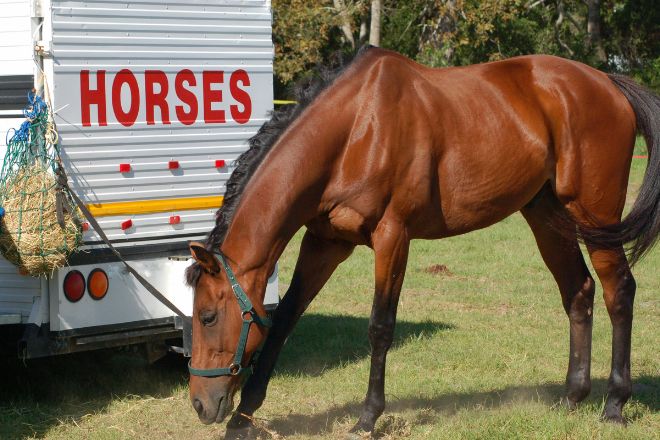
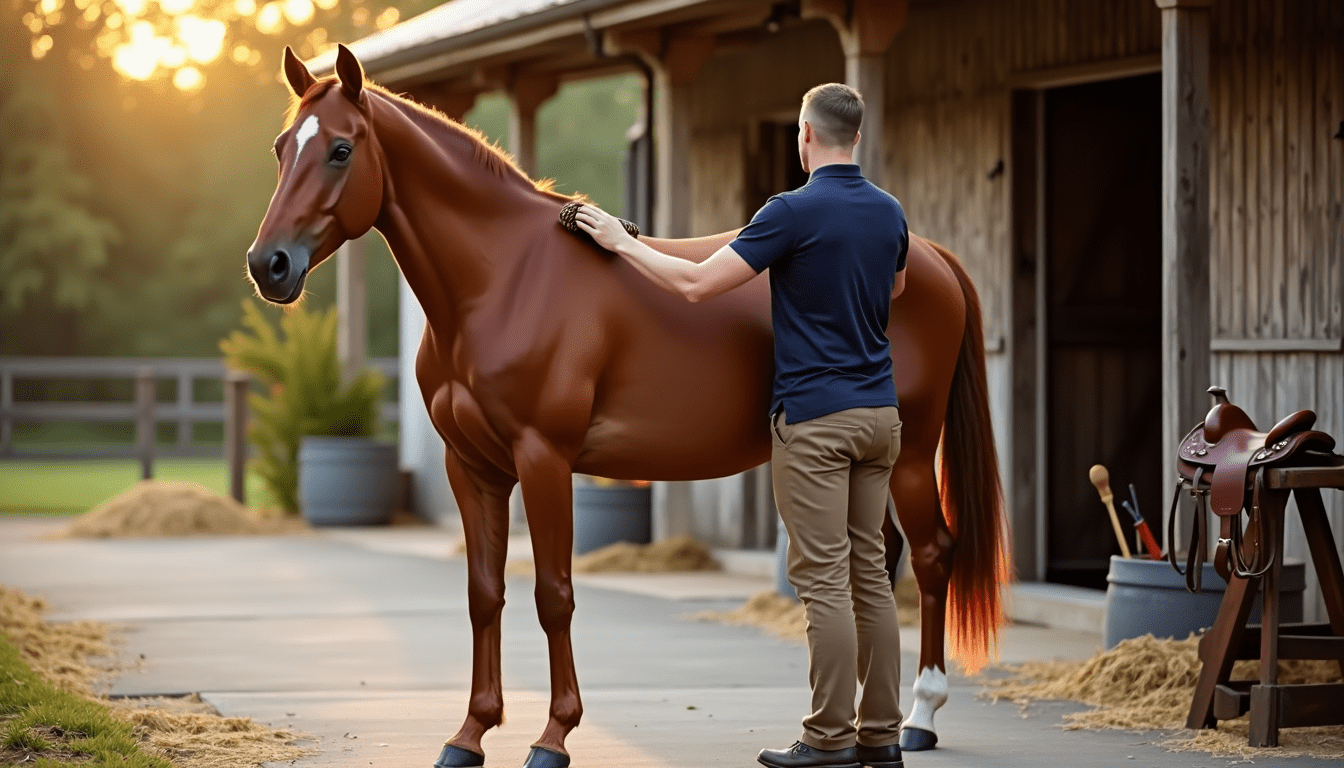
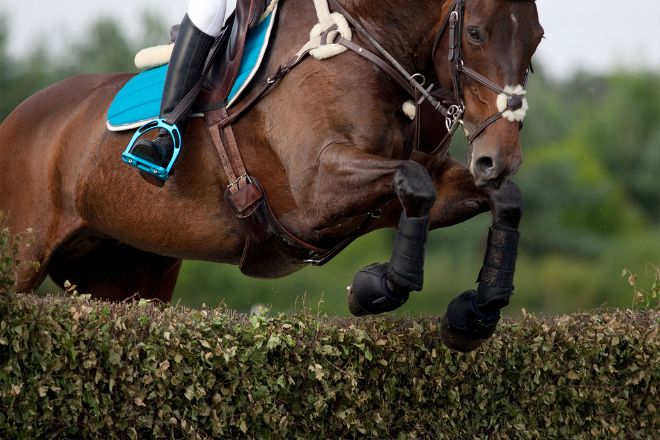


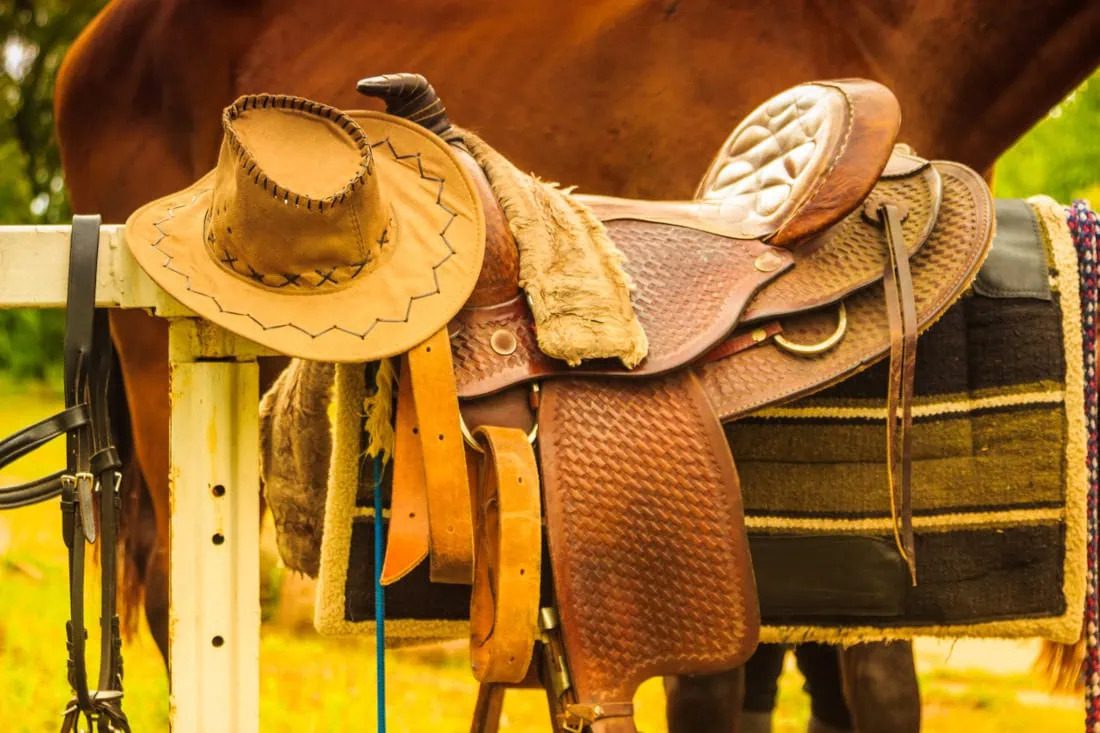
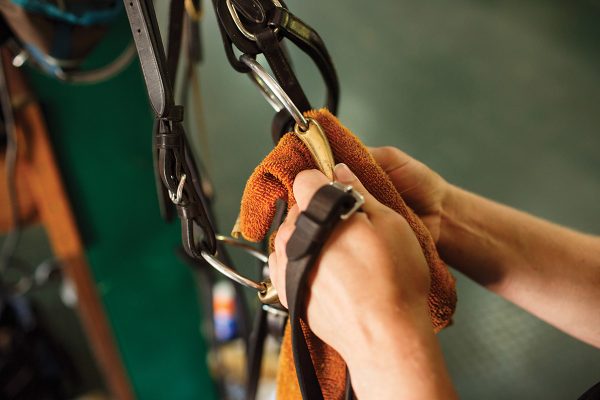

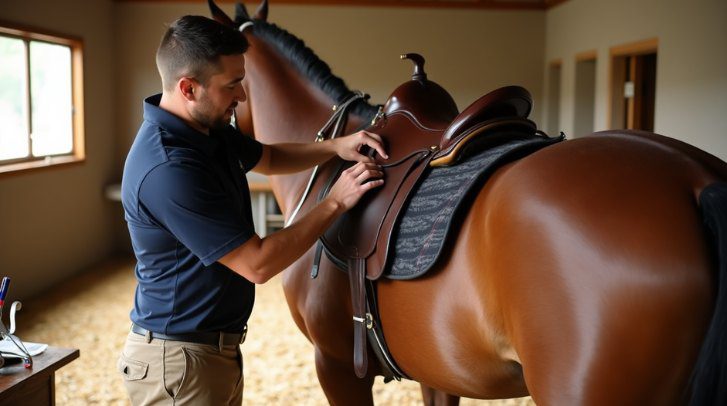
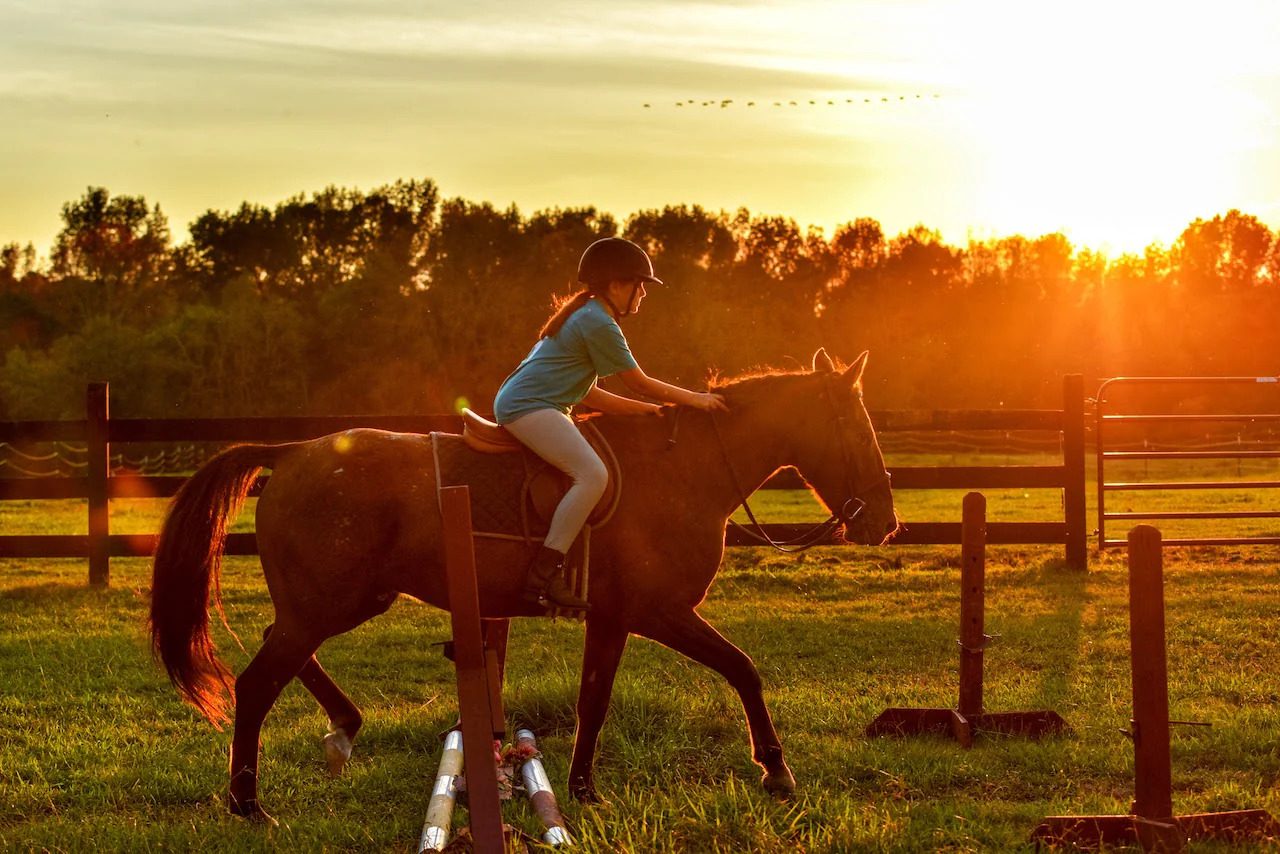
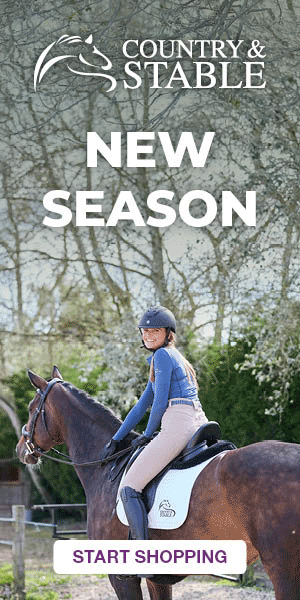
 Featured Listings
Featured Listings
 Adverts
Adverts
 Horses For Sale
Horses For Sale
 Tack & Equipment
Tack & Equipment
 Horseboxes & Trailers
Horseboxes & Trailers
 Equine Properties
Equine Properties
 4x4 Vehicles
4x4 Vehicles
 Horses For Loan
Horses For Loan
 Horses Wanted
Horses Wanted
 Stallions at Stud
Stallions at Stud
 Equine Services
Equine Services
 Riding Holidays
Riding Holidays
